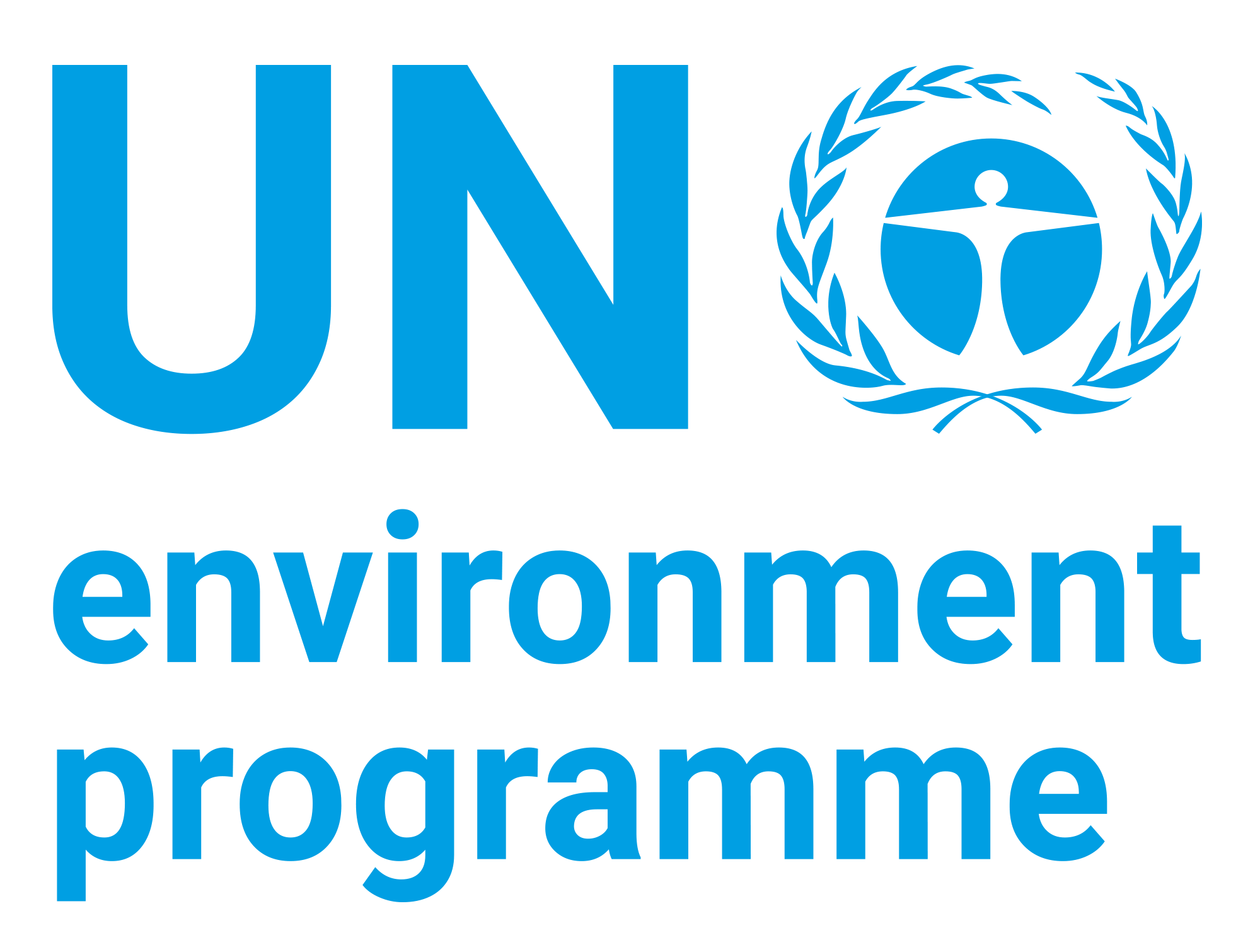| dc.contributor | Ecosystems Division | en_US |
| dc.contributor.author | United Nations Environment Programme | en_US |
| dc.contributor.author | GRID-Arendal | en_US |
| dc.contributor.other | Crump, John | en_US |
| dc.contributor.other | Avagyan, Armine | en_US |
| dc.contributor.other | Baker, Elaine | en_US |
| dc.contributor.other | Barthelmes, Alexandra | en_US |
| dc.contributor.other | Velarde, Cisneros | en_US |
| dc.contributor.other | Dargie, Greta | en_US |
| dc.contributor.other | Guth, Miriam | en_US |
| dc.contributor.other | Hergoualc’h, Kristell | en_US |
| dc.contributor.other | Johnson, Lisa | en_US |
| dc.contributor.other | Joosten, Hans | en_US |
| dc.contributor.other | Kopansky, Dianna | en_US |
| dc.contributor.other | Miles, Lera | en_US |
| dc.contributor.other | Minayeva, Tatiana | en_US |
| dc.contributor.other | Montanarella, Luca | en_US |
| dc.contributor.other | Nuutinen, Maria | en_US |
| dc.contributor.other | van Paddenburg, Annawati | en_US |
| dc.contributor.other | Peters, Jan | en_US |
| dc.contributor.other | Rangel, Shaenandhoa Garcia | en_US |
| dc.contributor.other | Richards, Joanna | en_US |
| dc.contributor.other | Salathe, Tobias | en_US |
| dc.contributor.other | Schoolmeester, Tina | en_US |
| dc.contributor.other | Silvius, Marcel | en_US |
| dc.coverage.spatial | Democratic Republic of the Congo | en_US |
| dc.coverage.spatial | Peru | en_US |
| dc.coverage.spatial | Mongolia | en_US |
| dc.coverage.spatial | Indonesia | en_US |
| dc.date.accessioned | 2018-03-02T11:54:07Z | |
| dc.date.available | 2018-03-02T11:54:07Z | |
| dc.date.issued | 2017 | |
| dc.identifier.isbn | 978-82-7701-168-4 | en_US |
| dc.identifier.uri | https://wedocs.unep.org/20.500.11822/22919 | |
| dc.description | More than 180 countries have peatlands but we are only just starting to understand their role in both climate change and our efforts to curb it. Peatlands cover less than three percent of the Earth’s surface but are the largest terrestrial organic carbon stock – storing twice as much carbon as in the world’s forests. In fact, greenhouse gas emissions from drained or burned peatlands account for five percent of the global carbon budget. This first report from the Global Peatlands Initiative highlights why the threat to peatlands from agriculture, forestry, resource extraction and infrastructure development is a threat to the climate. | en_US |
| dc.format | Text | en_US |
| dc.language | English | en_US |
| dc.language | French | |
| dc.rights | Public | en_US |
| dc.subject | peatland | en_US |
| dc.subject | land degradation | en_US |
| dc.subject | carbon | en_US |
| dc.subject | water pollution | en_US |
| dc.subject | Mongolia | en_US |
| dc.subject | Democratic Republic of the Congo | en_US |
| dc.subject | peat | en_US |
| dc.subject | peat extraction | en_US |
| dc.subject | drainage | en_US |
| dc.subject | Indonesia | en_US |
| dc.subject | biodiversity | en_US |
| dc.subject | climate change | en_US |
| dc.subject | land reclamation | en_US |
| dc.subject | Indonesia | en_US |
| dc.subject | Scotland | en_US |
| dc.subject | Peru | en_US |
| dc.title | Smoke on Water: Countering Global Threats from Peatland Loss and Degradation - A Rapid Response Assessment. Revised Edition | en_US |
| dc.title.alternative | De la fumée sur l'eau: Lutter contre les menaces mondiales liées à la destruction et à la dégradation des tourbières - Evaluation en vue d'une intervention rapide. Edition revisée | |
| wd.identifier.sdgio | http://purl.unep.org/sdg/SDGIO_00000040 | |
| wd.identifier.sdgio | http://purl.unep.org/sdg/SDGIO_00000047 | |
| wd.identifier.sdgio | http://purl.unep.org/sdg/SDGIO_00000049 | |



